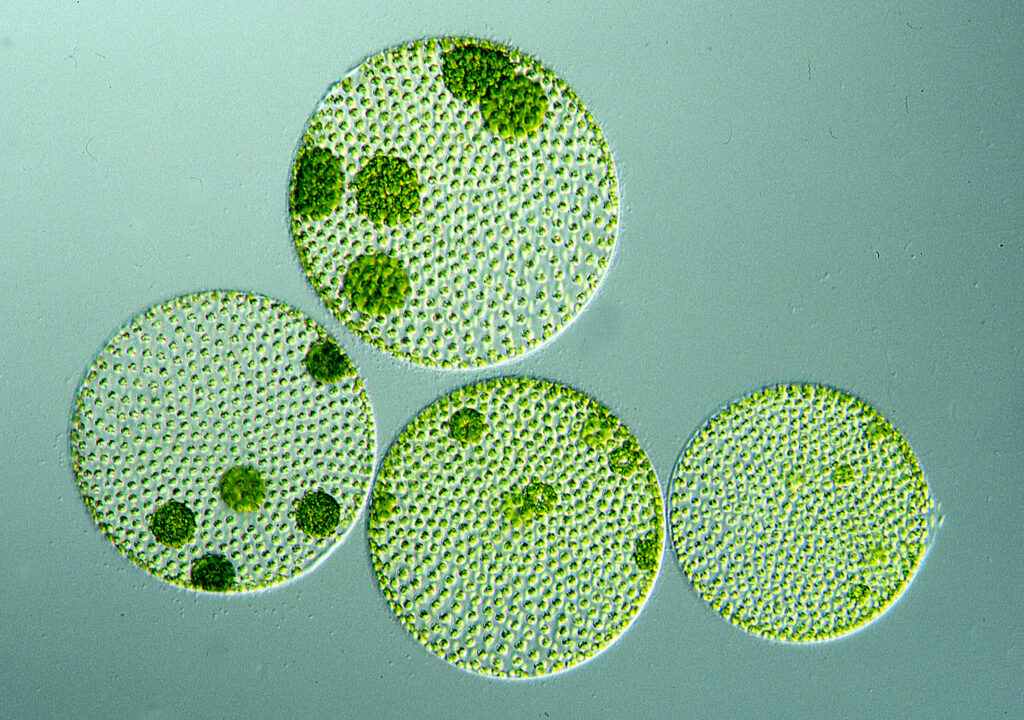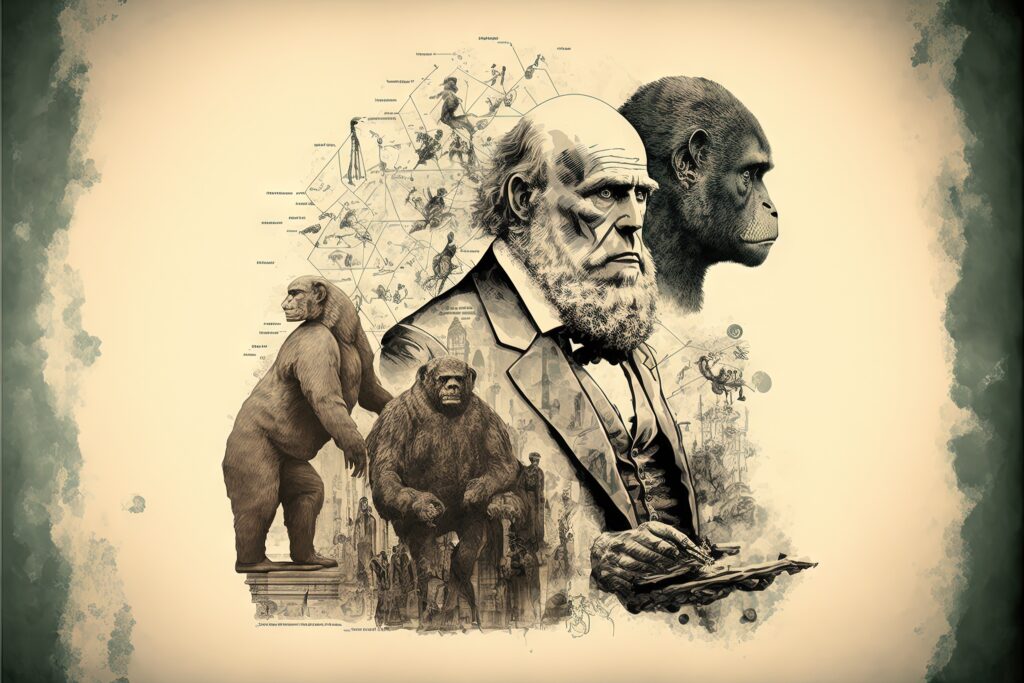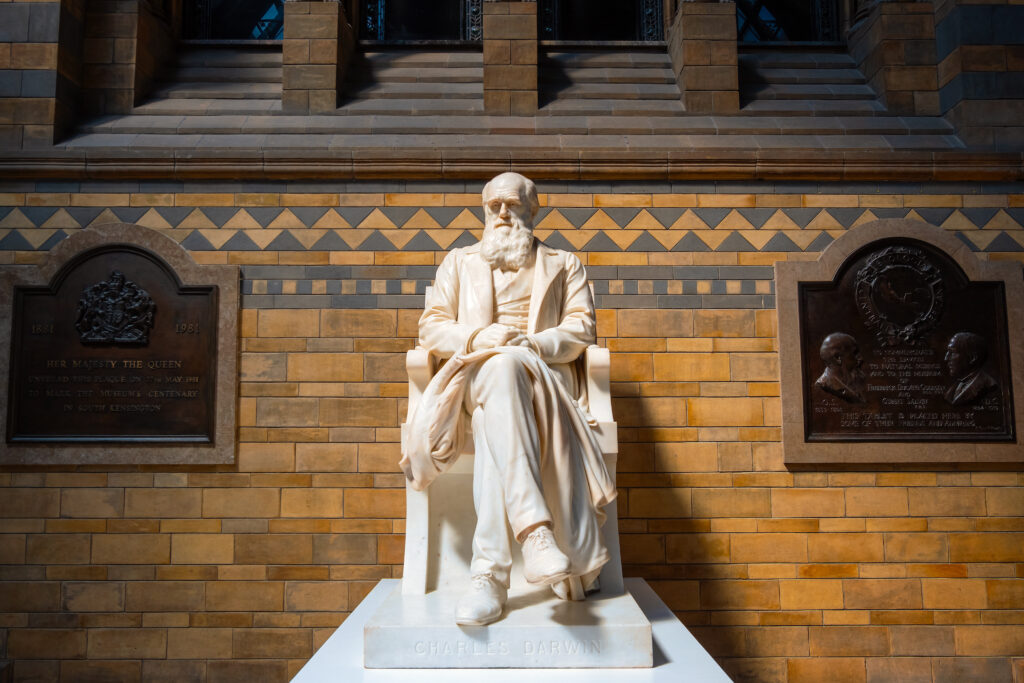
More Darwinian Degradation
Recently a paper appeared by Ratcliff et al. (2012) entitled “Experimental evolution of mulitcellularity” and received a fair amount of press attention, including a story in the New York Times. (http://tinyurl.com/6va4fpp ) The authors discuss their results in terms of the origin of multicellularity on earth. The senior author of the paper is Michael Travisano of the University of Minnesota, who was a student of Richard Lenski’s in the 1990s. The paper, published in PNAS, was edited by Lenski. The gist is as follows. The authors repeated three steps multiple times: 1) they grew single-celled yeast in a flask; 2) briefly centrifuged it; and 3) took a small amount from the bottom of the flask to seed a new culture. This Read More ›



